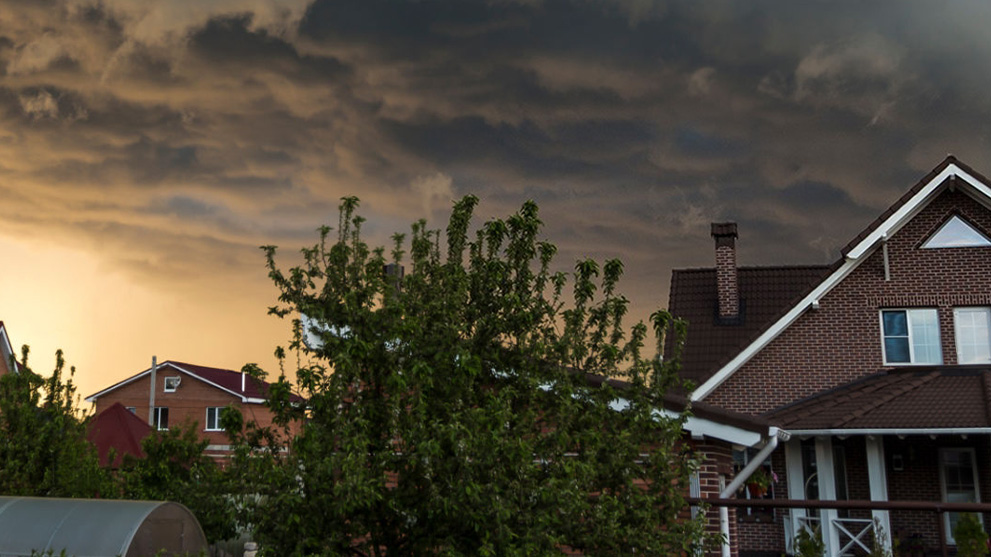How to Prepare Before a Storm
Before a storm strikes, follow these safety measures to ensure your family and home are safe. You’ll also want to prepare an Emergency Supply Kit to get each person through three days should you lose power or have no running water.
Preparing Your Home
Follow these steps to prepare for when a storm hits:
- In warm weather, turn your air conditioning down. In cold weather, turn your heat up. During and after the storm, keep doors and windows closed - you can retain inside temperature for as long as 48 hours.
- Charge your cell phone and other devices that need to be charged.
- Keep freezer doors closed and sealed. Frozen food will keep two or three days in a well-filled freezer.
- Leave a porch or front light on. This helps our crews know when repair work is successful.

Disconnect or turn off any appliances that will start automatically when power is restored to avoid overloading circuits. Hot appliances pose a fire hazard, including:
- Electric space heaters
- Stoves
- Washers and dryers
- TVs
- Microwave ovens
- Computers
- Refrigerators and freezers
Preparing Your Business
A Severe Weather Plan can help you prepare for an approaching hurricane or another severe weather event. Make sure everyone in your business, especially your leadership team, understands the Severe Weather Plan. Each year, review the plan and update it as necessary.
Know your risk
Check your hurricane evacuation level and FEMA flood maps to determine if your business location is vulnerable to storm surge or freshwater flooding.
Have your building(s) inspected by a licensed professional to find out if your workplace is vulnerable to hurricane force winds and what is recommended to retrofit.
Make plans for supplies and services
Be prepared to work with limited supplies of cash, and be without water, sewer or power for at least two weeks. Store emergency supplies at the office.
Protect employees
Employee safety comes first. Prepare, distribute and follow your business hurricane plan for recovery.
Consider providing shelter to employees and their families and helping with supplies after a storm.
Establish a rendezvous point and time for employees in case communications are disrupted.
Establish a call-down procedure for warning and post-storm communications.
Provide photo IDs and a letter of authorization to enter the building.
Contact customers and suppliers
Share your communications and recovery plan in advance.
Prepare a list of vendors to provide disaster recovery services.
Review insurance coverage
Have your business appraised at least every five years.
Inventory, document and photograph equipment, supplies and workplace.
Have copies of insurance policies and customer service/home numbers.
Take out Business Interruption Insurance.
Consider Accounts Receivable and Valuable Papers Coverage and Income Destruction Insurance.
If you have Business Owners Protection Package (BOPP), check co-insurance provisions.
*NOTE: Flood damage requires separate coverage and is not covered under other insurance programs.
Preparing Your Emergency Supply Kit
An Emergency Supply Kit should contain supplies to get you and your family through three days without electricity or running water.



